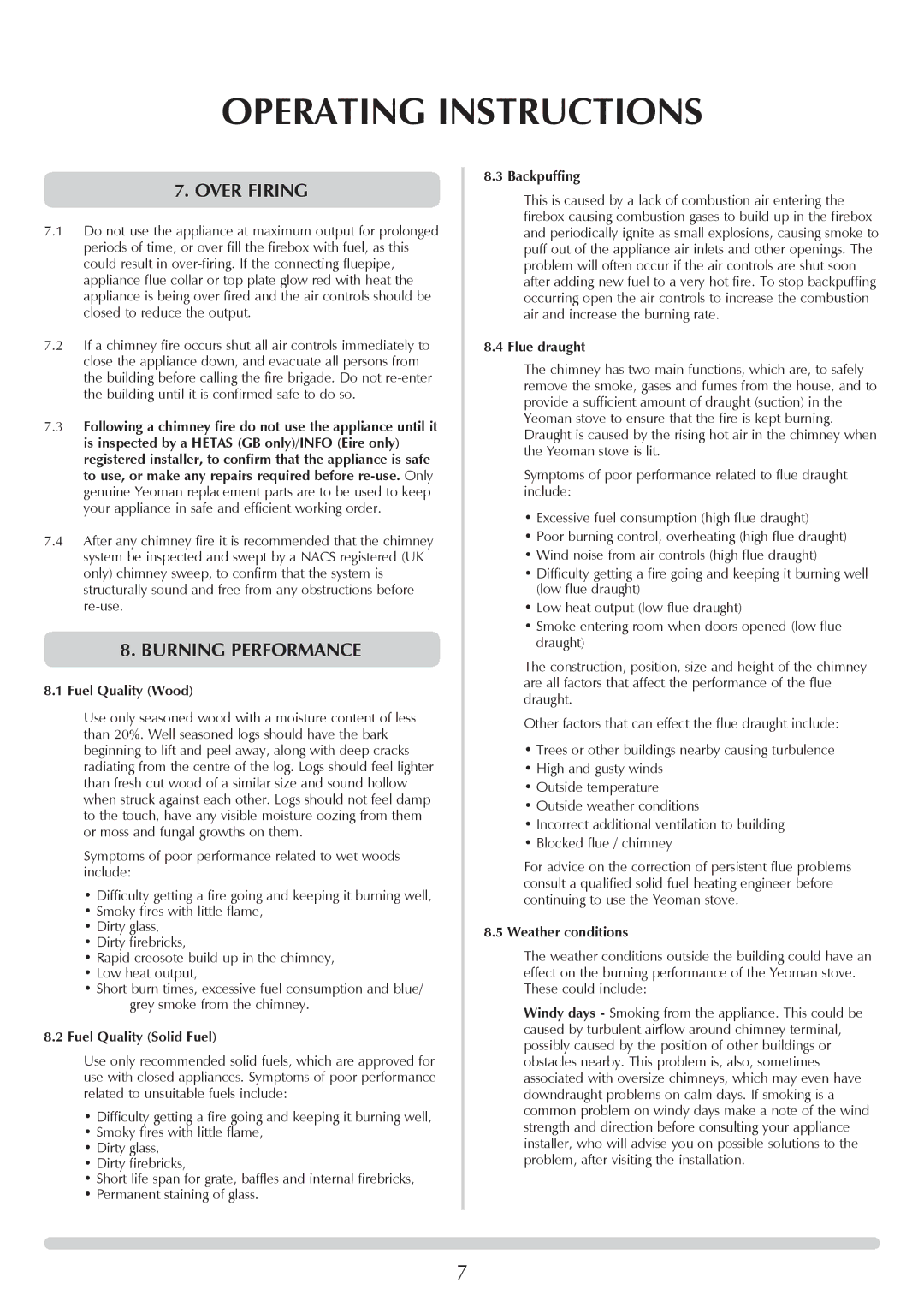YM-W9122FL, YM-W9121FL specifications
The Yeoman YM-W9122FL and YM-W9121FL are remarkable additions to the world of high-performance electric bikes, designed for both urban commuting and adventurous rides. These models are engineered with cutting-edge technologies and innovative features that set them apart in the ever-growing electric bike market.Starting with the YM-W9122FL, it boasts a robust 750W brushless motor that ensures a powerful and efficient ride. This motor provides the capacity to reach speeds up to 30 mph, making it an excellent choice for those who value speed and performance. The bike is equipped with a high-capacity lithium-ion battery, offering an impressive range of up to 60 miles on a single charge. This extended range allows riders to venture further without the constant worry of battery depletion.
The frame of the YM-W9122FL is crafted from aerospace-grade aluminum, providing a lightweight yet durable construction. This makes the bike agile and easy to handle, while also ensuring it can withstand the rigors of outdoor adventures. The suspension system features a front fork that absorbs shocks and enhances stability, making it suitable for both city streets and rough terrains. Additionally, the bike is equipped with high-quality disc brakes that offer superior stopping power, ensuring safety during fast descents or sudden stops.
On the other hand, the YM-W9121FL presents a slightly different design, catering to riders who prefer a more urban aesthetic without compromising on performance. It maintains a similar powertrain with a 750W motor and a comparable lithium-ion battery, ensuring a strong performance and extended range. The bike features a step-through frame, making it easier for riders to mount and dismount, which is particularly beneficial for those who may struggle with traditional bike frames.
Both models come with integrated LED headlights and taillights for enhanced visibility during night rides, along with a smart LCD display that provides essential information such as speed, distance traveled, battery level, and riding mode. The e-bike's multiple assist levels allow riders to choose how much help they want from the motor, offering a customizable riding experience.
In summary, the Yeoman YM-W9122FL and YM-W9121FL are designed to cater to different riding preferences, both ensuring superior performance, extended range, and advanced safety features. As electric bikes continue to evolve, these models exemplify the seamless blend of power, practicality, and cutting-edge design in modern cycling technology. Whether for commuting or leisure, they represent a significant step forward in electric mobility solutions.

